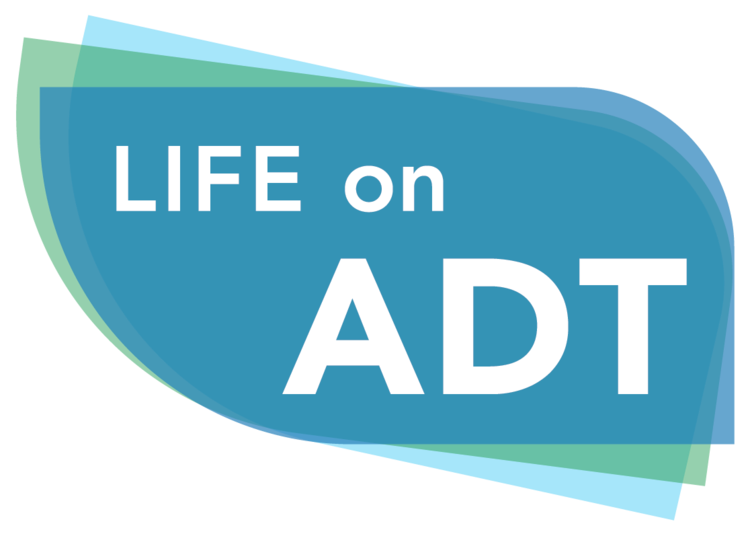Contemporary hormone therapy with LHRH agonists for prostate cancer: avoiding osteoporosis and fracture. By Wilson et al. 2015
Key sentence from the paper: “… [P]arenteral [i.e., non-oral] oestrogen can mitigate associated osteoporotic risk... CT scans could provide a more accurate indicator of overall bone quality and hence fracture risk.”
For the full abstract, see: http://www.termedia.pl/Review-paper-Contemporary-hormone-therapy-with-LHRH-agonists-r-nfor-prostate-cancer-avoiding-osteoporosis-and-fracture,57,25034,1,1.html
Commentary: This is a short review article that focuses on the fact that the standard LHRH drugs used for ADT cause bone demineralization and and therefore increased incidence of fractures. The article is a pitch for the PATCH study, which is now actively recruiting prostate cancer patients for a Phase III clinical trial. The PATCH study explores, as an alternative to the LHRH drugs, the use of high dose estradiol delivered through transdermal patches to shut down the hypothalamic-pituitary-gonadal axis and thus gonadal testosterone production.
The authors have already shown that high dose estradiol, a nature hormone in men and women, can be safely delivered through the skin without the high blood clot risk associated with oral estrogens. Their data also show that estradiol is indeed protective of bone mineral density. What they don’t mention is that it causes some breast sensitivity and breast development in men. We await more data from the PATCH study to see how it fairs in a head-to-head comparison with LHRH agonists.
Wilson HCP, Shah SIA, Abel PD, Price P, Honeyfield L, Edwards S, Abel RL. 2015. Contemporary hormone therapy with LHRH agonists for prostate cancer: avoiding osteoporosis and fracture. Central European Journal of Urology 20 April 2015 [Epub ahead of print].
